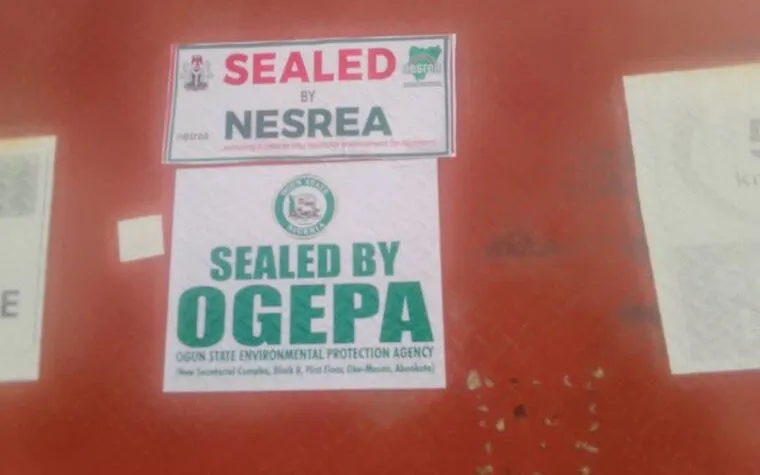
Sri Lanka mobilised troops on Friday to rescue hundreds of residents stranded by rapidly rising floodwaters as the nationwide death toll climbed to 69, with 34 people still missing.
Helicopters and navy boats fanned out across submerged towns, pulling survivors from treetops, rooftops, and remote villages cut off by days of relentless rain.
The Disaster Management Centre (DMC) said more bodies were recovered in the devastated central region, where mudslides buried many victims earlier in the week.
Some areas recorded more than 360 millimetres of rainfall in 24 hours, the DMC added, warning that conditions were still worsening. The Kelani River — which empties into the Indian Ocean near Colombo — overflowed its banks on Friday, submerging surrounding communities.
“I had to abandon my home when the water rushed in,” said 56-year-old V. S. A. Ratnayake of Kaduwela, a suburb of the capital.
More than 18,000 people have been displaced and moved to temporary shelters, while at least 3,000 homes have been damaged or destroyed by floods and landslides.
In Anuradhapura district, a Sri Lanka Air Force Bell 212 helicopter rescued a man who had climbed a coconut tree to escape the rising waters.
Authorities warned of further rainfall as Cyclone Ditwah tracks southward toward India’s Tamil Nadu state by Sunday.
Indian Prime Minister Narendra Modi offered condolences and said New Delhi was dispatching emergency aid. “We stand ready to provide more aid and assistance as the situation evolves,” he wrote on X.
DMC officials said flood levels may surpass those of 2016, when 71 people died nationwide.
Sri Lankans continue to send out desperate appeals for help. In a call aired on Sirasa TV, one woman pleaded: “We are six people, including a one-and-a-half-year-old child. If the water rises another five steps up the staircase, we will have nowhere to go.”
Dozens of tourists trapped in the central highlands were evacuated to Colombo on Friday.
Although Sri Lanka relies on monsoon rains for agriculture and hydropower, experts warn that climate change is intensifying weather extremes, making severe flooding more frequent. This week’s fatalities mark the highest weather-related toll since June last year, when 26 people were killed. In December, another 17 lives were lost to floods and landslides.
The deadliest flooding in modern Sri Lankan history occurred in June 2003, claiming 254 lives.


